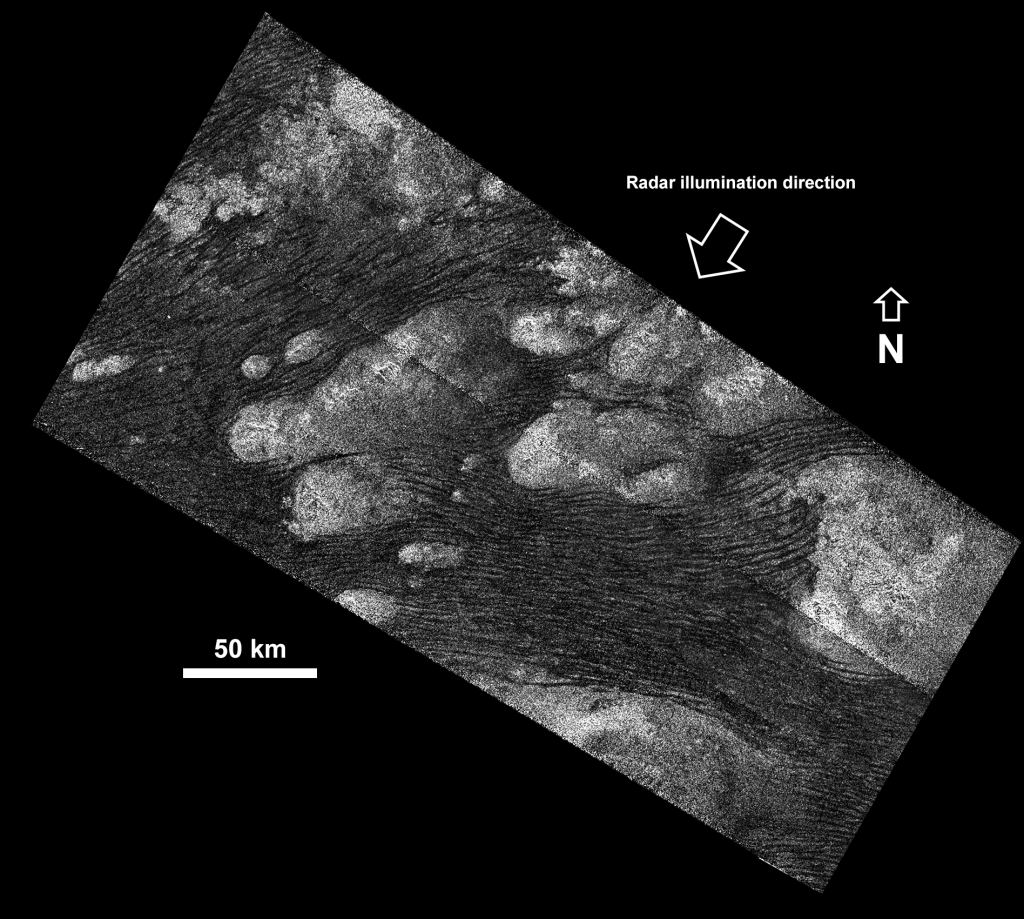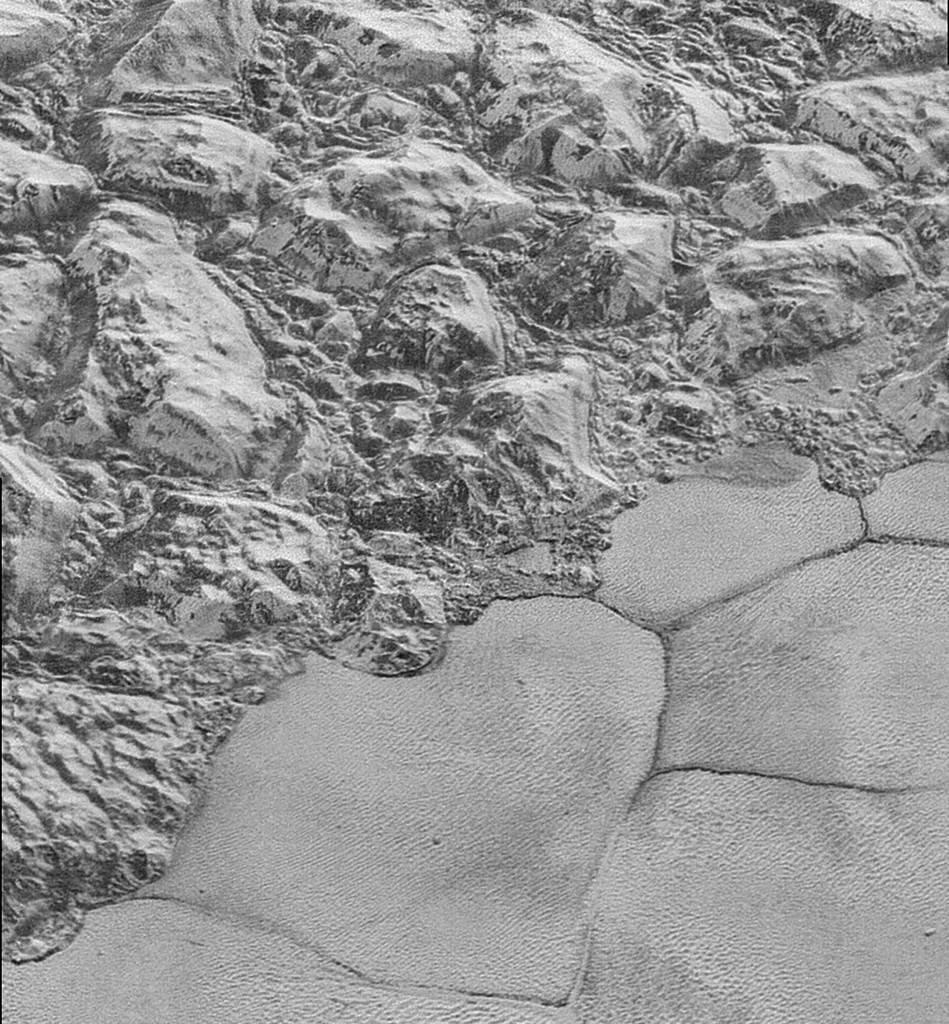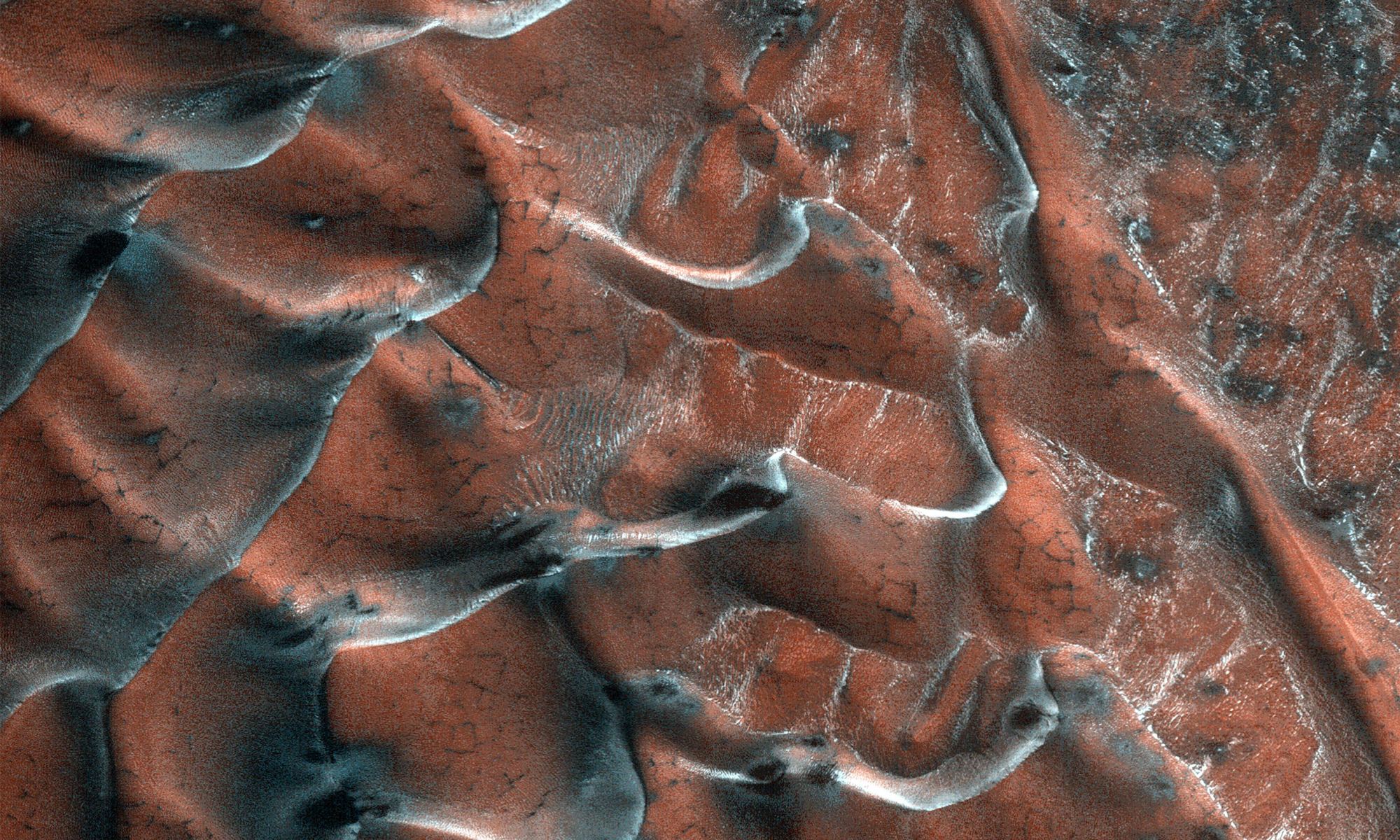One of the most interesting things we can learn from studying the planets and bodies of our Solar System is how much they have in common. Mars has polar ice caps and features that formed in the presence of water. Venus is similar to Earth in size, mass, and composition and may have once been covered in oceans. And countless icy bodies in the Solar System experience volcanism and have active plate tectonics, except with ice and water instead of hot silicate magma. Another thing they have in common, which may surprise you, is sand dunes!
According to a new study by researchers from Monash University and the University of Pennsylvania, multiple planets in our Solar System have sand dunes on their surfaces – just in different forms! These features further indicate that the mechanisms for dune formation are ubiquitous throughout the Solar System. These findings could lead to new methods for assessing the surface conditions of planets and moons and could have significant implications for future robotic and crewed missions to study them up-close.
The research was conducted by Andrew Gunn, a lecturer in physical geography at the School of Earth, Atmosphere and Environment at Monash University in Victoria, Australia; and Douglas J. Jerolmack, a professor with the Department of Earth and Environmental Science and Mechanical Engineering and Applied Mechanics at the University of Pennsylvania. The paper that describes their findings, “Conditions for aeolian transport in the Solar System,” recently appeared in the journal Nature.

As they indicate in their paper, the mere presence of sand dunes can be used to infer what conditions exist on the surface of an astronomical body. Specifically, they considered the two criteria that need to be satisfied for sand-dune formation. These include the presence of loose sediment that is sufficiently strong to survive collisions and winds that are fast enough to transport these grains across the surface. As Gunn explained in an article with The Conversation, this is similar to habitability studies – where surface conditions are inferred on an exoplanet based on how close it orbits to its parent star:
“For dunes to even exist, there are a pair of “Goldilocks” criteria that must be satisfied. First is a supply of erodible but durable grains. There must also be winds fast enough to make those grains hop across the ground – but not fast enough to carry them high into the atmosphere.”
“So far, the direct measurement of winds and sediment has only been possible on Earth and Mars. However, we have observed wind-blown sediment features on multiple other bodies (and even comets) by satellite. The very presence of such dunes on these bodies implies the Goldilocks conditions are met.”
For their study, Gunn and Jerolmack focused on Venus, Earth, Mars, Titan (Saturn’s largest moon), Triton (Neptune’s largest moon), and Pluto. In all cases, scientists have noted the presence of dune-like features and indications that the surfaces of these bodies are dynamic (they move over time). These observations have been the subject of debate for decades because of how remarkably different these planetary environments are. For instance, Triton and Pluto both have extremely tenuous atmospheres that are believed to be incapable of moving grains.
Mars has a denser atmosphere, but scientists still consider it to be too whispy to generate the wind speeds required to create its massive dust storms and an extensive system of dunes. On the other hand, Titan has an abundance of hydrocarbon “grains” on its surface and a dense atmosphere capable of generating stronger winds. During its descent into the atmosphere, the Huygens lander clocked wind speeds of up to 120 m/s (430 km/h; 267 mi) in the upper atmosphere. Wind speeds closer to the surface were relatively gentle (just a few m/s) but still strong enough to transport grains.

Venus, meanwhile, has a stiflingly dense atmosphere (100 times that of Earth) and average surface temperatures that are hot enough to melt lead. And yet, it also has extensive dunes that indicate an ability to move sediment on its surface the same way wind and water do on Earth. To help resolve the debate on how sand dunes can exist in such exotic and different environments, Gunn and Jerolmack created a model that predicts the required wind speed to move sediment on these bodies and how easily it would break apart in those winds.
This model resulted from previous studies examining the contact, rarefied gas, and statistical and adhesion mechanics of dune features on these bodies. These studies were based on data obtained by numerous robotic missions like the Mars Reconnaissance Orbiter (MRO), the Cassini-Huygens mission, and the New Horizons mission – which conducted the first-ever flyby of Pluto on July 14th, 2015. They then tested these predictions against experimental data and observations of these bodies to account for variables like gravity, atmospheric composition, surface temperature, and the strength of sediments.
As Gunn explained, previous studies into extraterrestrial sand dunes have either examined the wind speed thresholds required to move sand on these bodies and the strength of sediment particles – but not both. Therefore, their study is unique in how it combines these two factors and how they work together in different planetary environments. Their analysis could shed light on the atmospheric and environmental dynamics on many Solar System bodies. Said Gunn:
“[W]e know Titan’s equator has sand dunes – but we aren’t sure of what sediment encircles the equator. Is it pure organic haze raining down from the atmosphere, or is it mixed with denser ice? As it turns out, we discovered loose aggregates of organic haze would disintegrate upon collision if they were blown by the winds at Titan’s equator. This implies Titan’s dunes probably aren’t made of purely organic haze. To build a dune, sediment must be blown around in the wind for a long time (some of Earth’s dune sands are a million years old).”

Their results also revealed that wind-blown sands generate more dust on Mars than on Earth, which could mean that the model does not effectively capture Mars’ “katabatic” winds. These strong gusts of cold wind occur at night on Mars and are responsible for blowing sediment down hillsides. As for Pluto, they found that wind speeds would have to be excessively fast to transport grains (which are thought to be composed of methane or nitrogen ice), which could mean that the features spotted in Pluto’s Sputnik Planitia (shown above) might be sublimation waves rather than dunes.
The results of this study could have significant implications for future research into planets and natural satellites. For example, data obtained by the Galileo spacecraft revealed dune-like features on Jupiter’s volcanic moon Io. Here too, scientists were skeptical since the atmosphere is too thin to accommodate anything but the weakest winds. However, a recent study showed that a volcanic mechanism was responsible for their formation.
These studies show the effectiveness of combining advanced simulations with astronomical observations. By creating a model that can predict wind and grain transport on other bodies, Gunn and Jerolmack’s study will benefit from the many robotic missions that will explore these bodies in the coming years. For instance, Mars will be visited by the ESA’s Rosalind Franklin rover, India’s Mangalyaan 2 orbiter, JAXA’s Mars Exploration of Life and Organism Search (MELOS), and the NASA-ESA Sample Return Mission (SRM) before the decade is over.
These results could also inform the crewed missions to Mars that NASA and China hope to mount by the early 2030s. NASA’s Dragonfly mission will launch in 2027 and arrive on Titan by 2034 to explore its surface, atmosphere, and methane lakes. In the recently-released Planetary Science and Astrobiology Decadal Survey (2023-2032), an orbiter mission was considered to study the Neptune-Triton system (but was passed over in favor of a mission to study Uranus). This overall aim, however, is clear: the exotic locations of the Solar System are on the agenda, and the secret they hold won’t remain secret forever.
Further Reading: The Conversation, Nature

